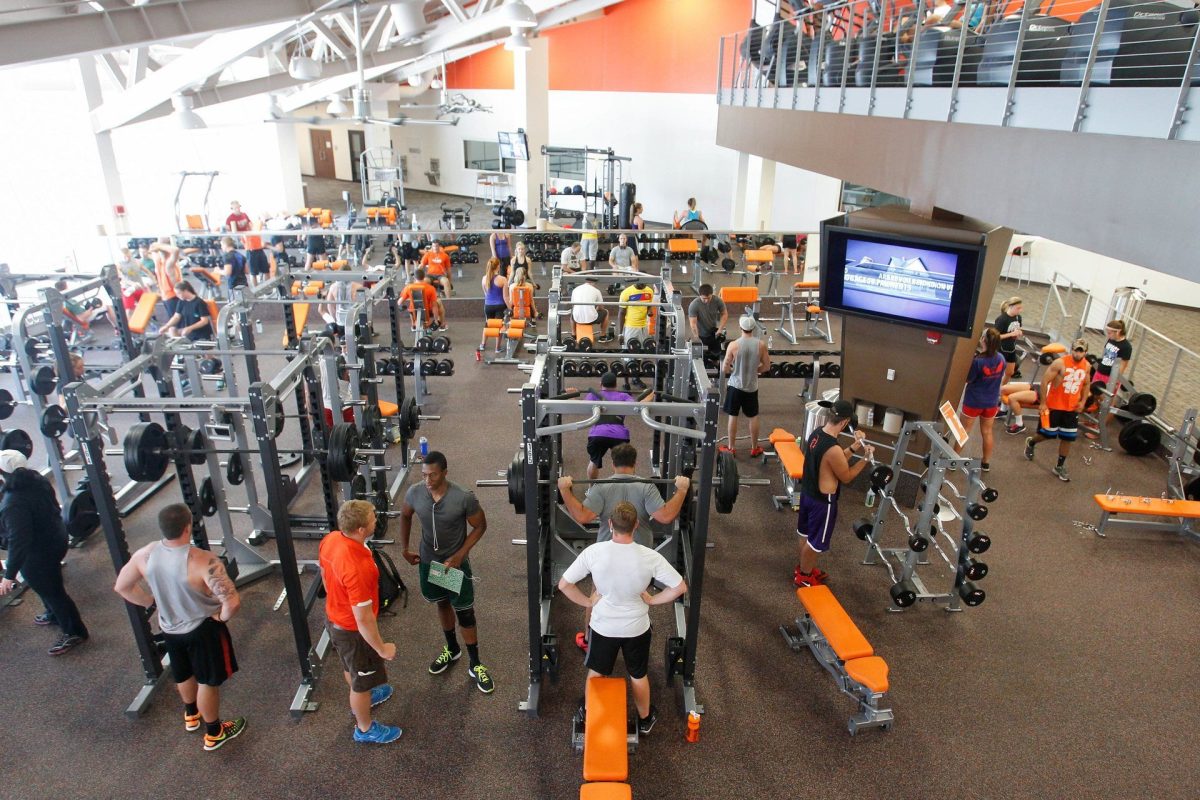Having access to new food options, while also having a meal plan to purchase them, may give students more options than they would have at home.
Students have many different food options both on and off campus.
“On campus, some students may snack on convenience foods just because the food is there,” Carrie Hamady, a dietetics instructor at the University said through an email.
When access to snacks is limited, it is easier to be satisfied with a smaller snack, said Daria Blachowski-Dreyer, registered dietician and associate director of Food Services.
Since students on campus have many different options, students may think they are more hungry than they really are.
“If you do not have access to more snacks then yes, satisfaction would be higher than if you were at home and had access to more, then you would eat more,” Blachowski-Dreyer said.
Some students on campus tend to take advantage of the variety of foods offered.
“I definitely feel like I eat more on campus than I do when I’m not on campus,” said senior Dominic Flewellyn.
Some students do not think the University offers many healthy food options.
“I think campus food hurts those habits because the bad ones outweigh the good ones,” senior Matt Leverett said. “For example, at the Sundial they will take the salads away early but keep things like pizza out.”
Good snacking habits can provide students with energy to get through the day.
Places on campus such as Jamba Juice and Pinkberry are considered healthier food options on campus. However, when they are consumed in large portions or have boosts or toppings on them, it then becomes more like a meal, Blachowski-Dreyer said.
“People justify this type of snacking by hiding behind the word healthy,” Blachowski-Dreyer said.
Calorie count is important when it comes to any meal. Depending on the type of food, calories can have either a positive or negative effect.
“Make your calories count; be full of nutrients, be balanced and be a proper portion,” Hamady said through an email.
One way for students to develop healthier eating habits is to be mindful of their school selections and the size of their portions.
“This can be accomplished by writing things down or using an app or website such as MyFitnessPal,” Blachowski-Dreyer said. “Once you can see what you are doing, you can see areas in which you are doing well in or areas that may need more work.”













